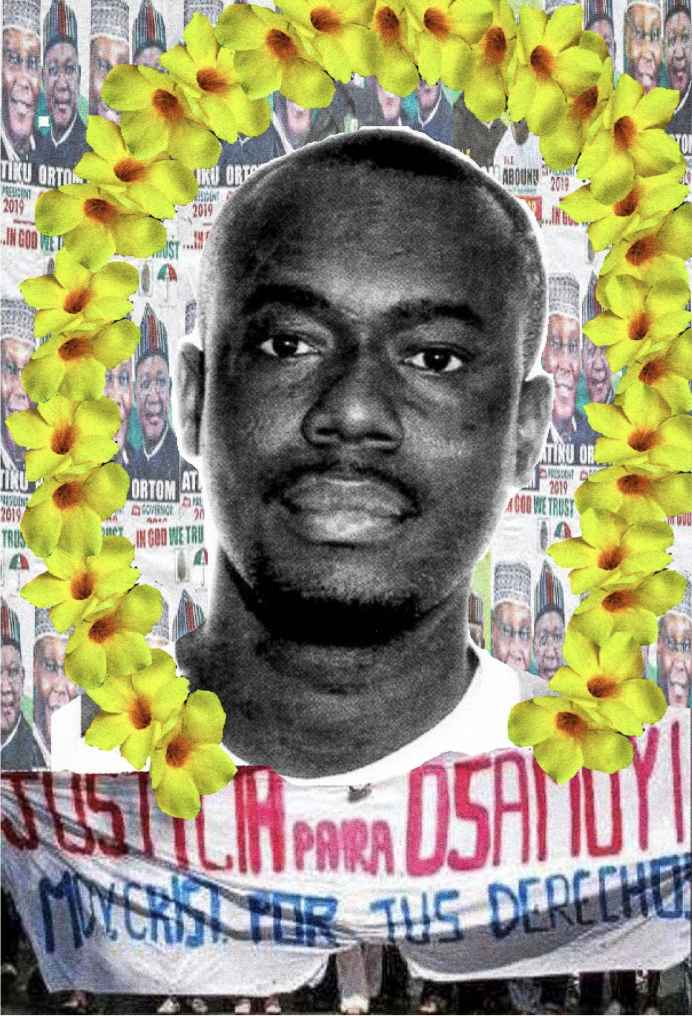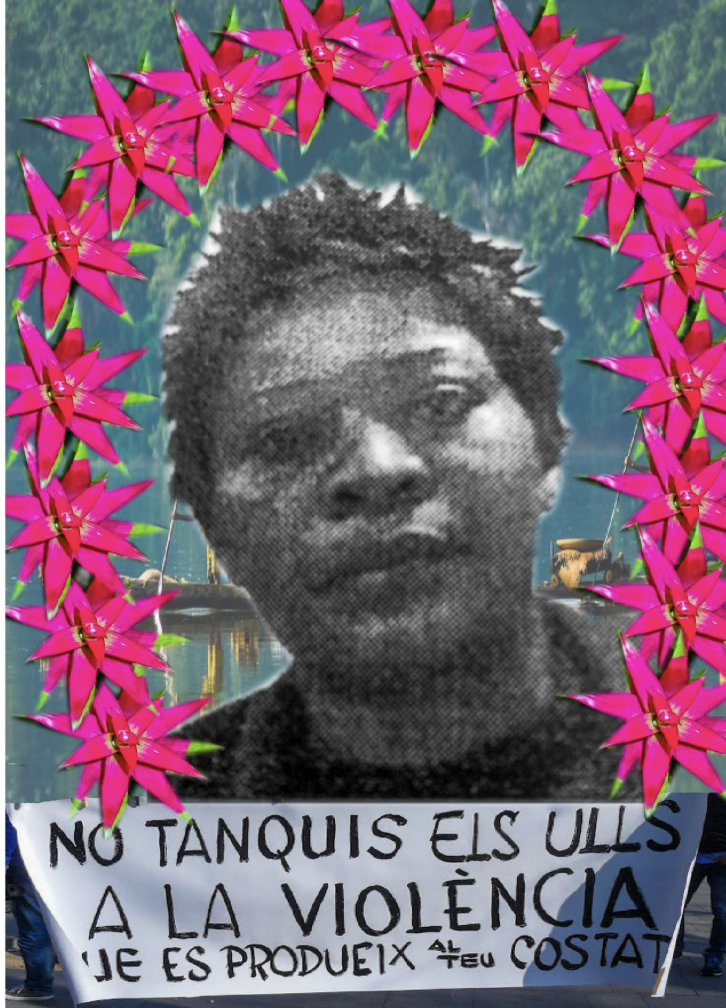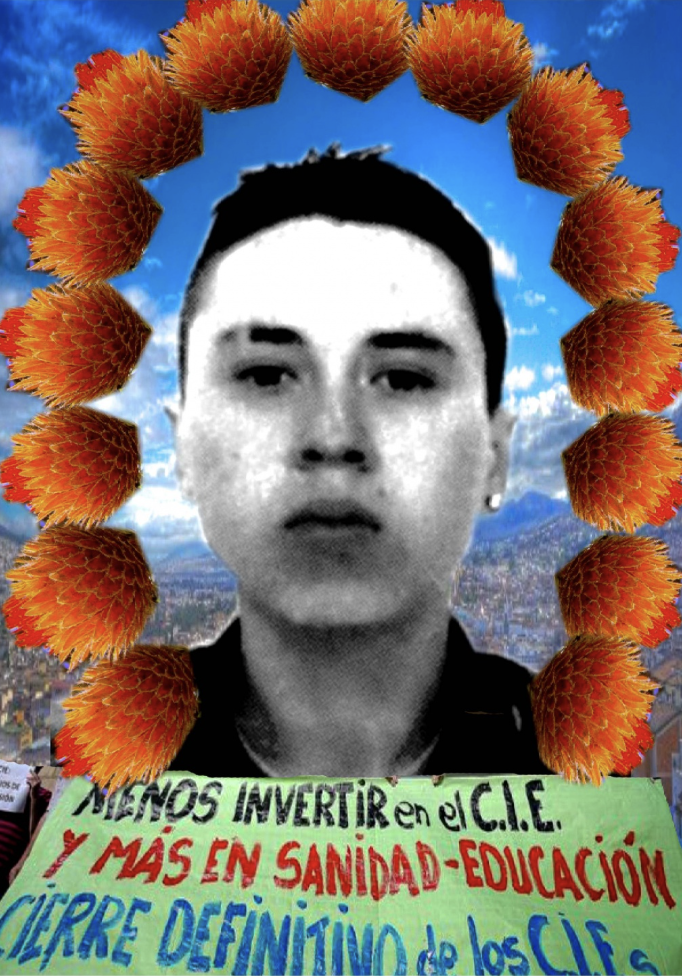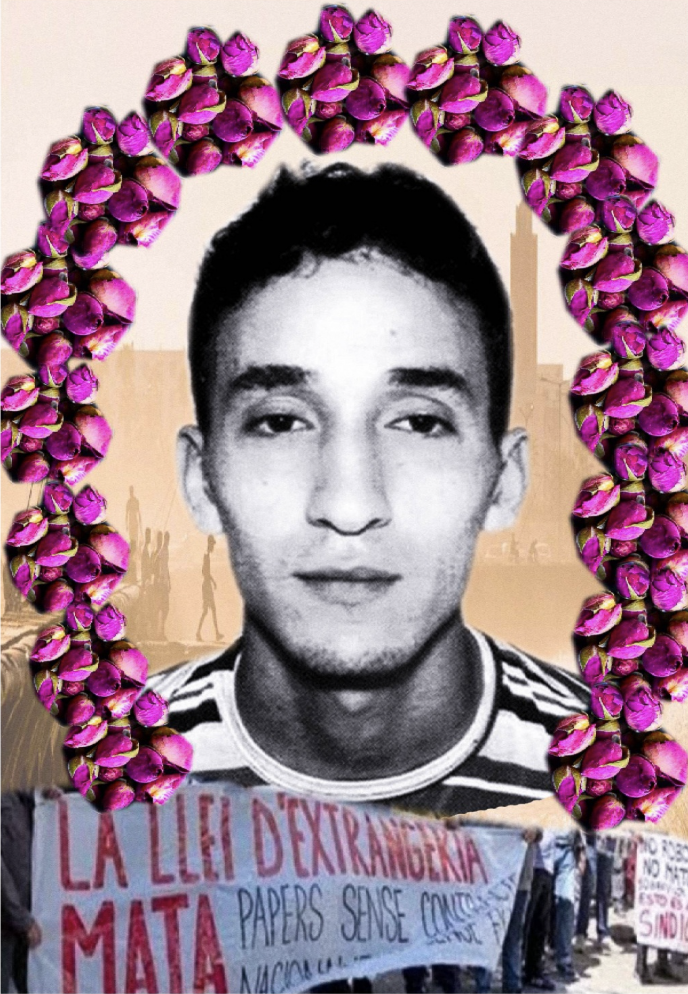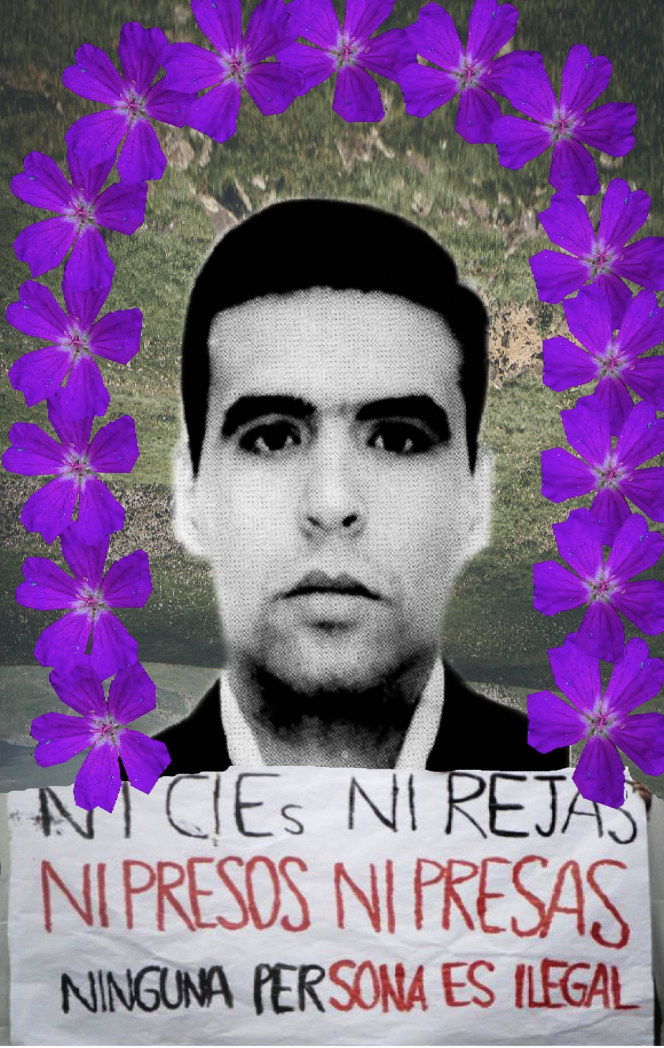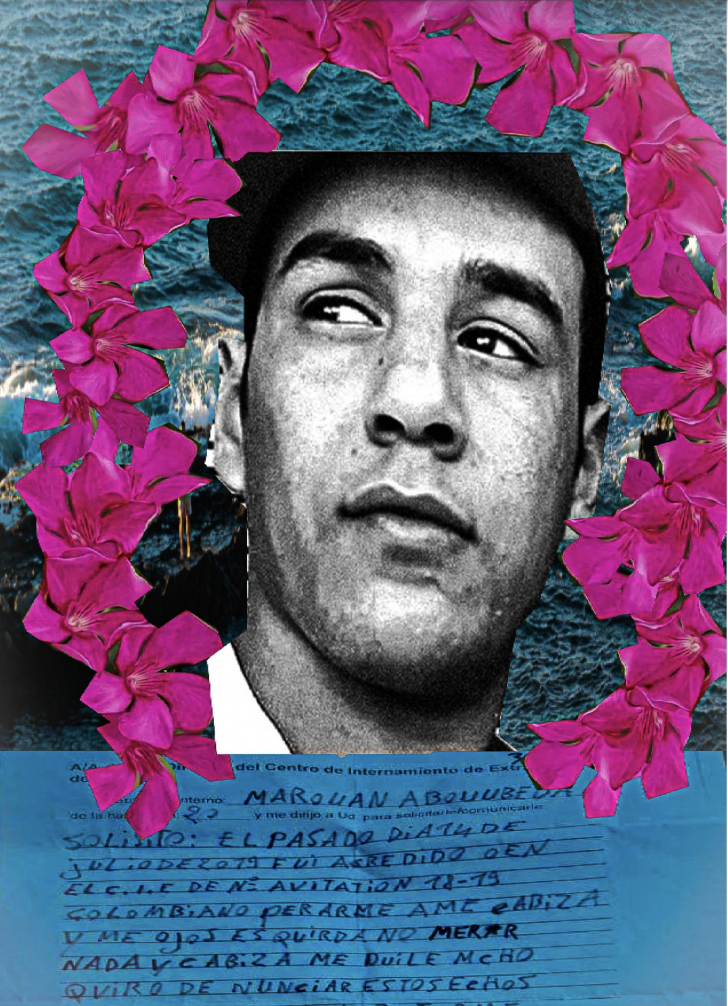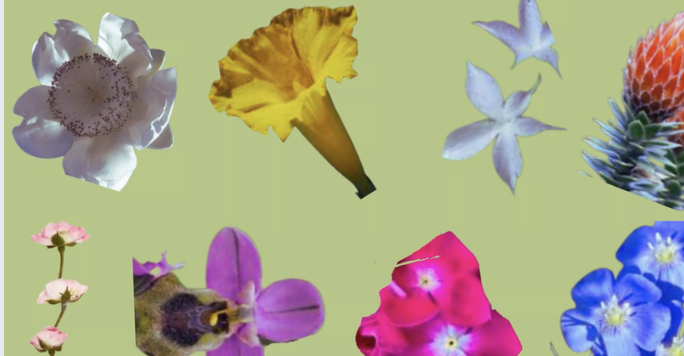ILLEGAL CENTERS- MIGRATION POLICIES- RIGHTS- ROOTS- PLANTS
Are we defined by the place we where born? Our identity can be reduced to a passport or a residence card? Who decides what a border is? Why a soda can can have the power to travel more than half of the world population? Are seeds and humans illegal?
This series is a tribute to the migrant flowers that the Spanish State uprooted. From Aluche, Murcia, and even Barcelona, there are CIES, foreign detention centers continue to operate, the conditions to which they are subjected include the lack of translators and interpreters to be able to communicate for the provision of health care, as well as restrictions on permitted visits and the possibility of external communication, forced to share small rooms, and locking systems with keys and bars in the centers, inmates are left to their fate. The alternative that is being presented to the entry of these centers is the direct returns that, in turn, violate human rights. On June 28, 2022, the Melilla massacre took place, where 37 people were murdered whose "only crime" was trying to reach Fortress Europe.
While the migrant struggle continues and is solidified in the current regularization campaigns, we remember those who fought to live with dignity and who broke down the borders that only exist in the minds of those who govern.
Ridiculous lines that divide the interests of nation-states, margins for life, but never for existence. The following images invite us to tear out those lines, to celebrate the spring of social resilience.
2007. Osamuyi Aikpithanyi, a 23-year-old Nigerian man died during his deportation on the Iberia Madrid-Lagos plane on 06.9.2007. His hands and feet were tied, and he died of suffocation by the adhesive tape with which the national policemen who “guarded” him covered his mouth and nose. After the trial, the agents were sentenced to a fine of €600. It was after Aikpithanhi's death that the Spanish protocol for deportations was drafted, where in articles 4.3.9 and 5.2.6 it is recalled that "in no case, may the application of coercive measures compromise the vital functions of the returnee."
2009. Jonathan Sizalima, a 20-year-old Ecuadorian man was found hanged under strange circumstances in his cell on 06.18.2009 in an immigration cell in Barcelona. The day before he had been arrested to start his expulsion file. His body was found by an agent who went to look for him in the cell to deliver the expulsion order and release him. His family does not recognize as his the shirt with which he hanged himself.
2010. Mohamed Abagui, a 22-year-old Moroccan man who lived in Sabadell, was found dead in the CIE in Barcelona on 05.13.2010. Witnesses claimed that he was in isolation. The relatives who visited him had requested treatment for Abagui due to his physical and psychological state.
2011. Samba Martine, a 34-year-old woman from the Democratic Republic of the Congo, and mother of a 9-year-old girl, died at the CIE in Madrid on 12.19.11 after dying for days, complaining of severe pain and paralysis and after going, with help from her fellow inmates, up to 10 times to the CIE health services (only one of them had an interpreter). He died after 3 months at the CETI in Melilla and 38 days at the CIE in Madrid without treatment for a possible infection derived from HIV.
2012. Idrissa Diallo, a 21-year-old from Guinea Conakry died at dawn from 5 to 6 January 2012 at the CIE in Barcelona. The inmates assured that Diallo had been asking for medical attention since the afternoon, but the agents did not request medical attention until after midnight, and he died of cardiac arrest. His death weeks after that of Samba Martine prompted the creation of Tanquem els CIE.
2013. Aramis Manukyan (Alik), a 32-year-old Armenian man and father of a 7-year-old girl, committed suicide in an isolation cell at the CIE in Barcelona on 12.3.13. The witnesses in the case, who denounced that Aramis had been attacked hours before by the police, were deported before being able to testify.
2017. Mohamed Bouderbala, a 37-year-old Algerian man, died under strange circumstances in an isolation cell at the makeshift CIE in Archidona, where a prison under construction was opened to intern hundreds of people who had arrived by boat. Mohamed died after 18 hours of isolation, on 12.29.17
2019. Marouane Abouobaida, a 23-year-old Moroccan man was locked up in the isolation cell, allegedly due to a fight between inmates. An hour before he died, he alerted the director of the CIE in writing about the intense pain and his discomfort from the injuries from the fight the day before. The reports said that he hanged himself with a shirt in an isolation cell at the CIE in Valencia on 07.15.2019, five days before his 24th birthday.
JUSTICE!
Exhibition for ULLAL Incisive Photography Festival, 1st Edition, Barcelona 2022.
Series “ Si arrancan las flores, arrancaremos las fronteras”
Medium: Photography, video and digital collage
Year: 2023
Español
CENTROS ILEGALES- POLÍTICAS DE MIGRACIÓN- FOSTER- SEMILLAS- PLANTAS.
¿Somos definidos por el lugar donde nacemos? Nuestra identidad puede reducirse a un pasaporte o una tarjeta de residencia? ¿Quién decide qué es una frontera? ¿Por qué una lata de refresco puede tener el poder de viajar más de la mitad de la población mundial? ¿Son ilegales las semillas y los humanos?
Esta serie es un homenaje a las flores migrantes que arrancó el Estado Español.Desde Aluche, Murcia y hasta Barcelona, existen los CIES, centros de internamiento de extranjeros continúan funcionando, las condiciones a las que están sometides incluyen la falta de traductores e intérpretes para poder comunicarse para la prestación de asistencia sanitaria, así como restricciones en las visitas permitidas y posibilidad de comunicación externa, obligades a compartir habitación de dimensiones reducidas, y sistemas de cierre con llaves y rejas en los centros, les internes son dejadas a su suerte. La alternativa que se está presentando al ingreso de estos centros son las devoluciones en caliente que atentan a su vez contra los derechos humanos. El pasado 28 de junio del 2022, se vivió la masacre de Melilla, donde asesinaron a 37 personas cuyo "único crimen" fue intentar llegar a la Europa Fortaleza. JUSTICIA!
Mientras la lucha migrante continúa y se solidifica en las actuales campañas de regularización, recordamos a quienes lucharon por vivir con dignidad y querompieron las fronteras que sólo existen en las mentes de quiénes gobiernan.
Líneas irrisorias que dividen los intereses de estados- naciones, márgenes para la vida, pero jamás para la existencia. Las siguientes imágenes nos invitan aarrancar esas líneas, a celebrar la primavera de la resiliencia social.
2007. Osamuyi Aikpithanyi, hombre nigeriano de 23 años que murió durante su deportación en el avión de Iberia Madrid-Lagos el 9.06.2007. Estaba atado de pies y manos, y murió asfixiado por la cinta adhesiva con la que los policías nacionales que le “custodiaban” le taparon la boca y la nariz. Tras el juicio los agentes fueron condenados con una multa de 600€. Fue tras la muerte de Aikpithanhi cuando se redactó el protocolo español para las deportaciones, donde en los artículos 4.3.9 y 5.2.6 se recuerda que “en ningún caso la aplicación de las medidas coercitivas podrá comprometer las funciones vitales del repatriado”.
2009. Jonathan Sizalima, joven ecuatoriano de 20 años que apareció ahorcado en extrañas circunstancias en su celda el 18.06.2009 en un calabozo de extranjería en Barcelona. El día anterior había sido arrestado para iniciar su expediente de expulsión. Su cuerpo fue encontrado por un agente que fue a buscarlo al calabozo para entregarle la orden de expulsión y ponerlo en libertad. Su familia no reconoce como suya la camiseta con la que se ahorcó.
2010. Mohamed Abagui, hombre marroquí de 22 años que vivía en Sabadell, fue hallado muerto en el CIE de Barcelona el 13.05.2010. Los testigos afirmaban que estaba en aislamiento. Los familiares que lo visitaban habían reclamado tratamiento para Abagui por su estado físico y psicológico.
2011. Samba Martine, mujer de 34 años de la República Democrática del Congo, madre de una niña de 9 años, murió en el CIE de Madrid el 19.12.11 tras agonizar durante días, quejándose de fuertes dolores y parálisis y tras acudir, con ayuda de sus compañeras internas, hasta 10 veces a los servicios sanitarios del CIE (solo una de ellas tuvo intérprete). Murió tras 3 meses en el CETI de Melilla y 38 días en el CIE de Madrid sin tratamiento de una posible infección derivada del VIH.
2012. Idrissa Diallo, joven de 21 años de Guinea Conakry que murió la madrugada del 5 al 6.1.2012 en el CIE de Barcelona. Los internos aseguraron que Diallo pedía atención médica desde la tarde, pero los agentes no solicitaron atención médica hasta pasada la medianoche, y murió por un paro cardíaco. Su muerte semanas después de la de Samba Martine impulsó la creación de Tanquem els CIE.
2013. Aramis Manukyan (Alik), hombre armenio de 32 años y padre de una niña de 7, se suicidó en una celda de aislamiento del CIE de Barcelona el 3.12.13. Los testigos del caso, que denunciaban que Aramis fue agredido horas antes por la policía, fueron deportados antes de poder declarar.
2017. Mohamed Bouderbala, hombre argelino de 37 años muerto en extrañas circunstancias en una celda de aislamiento del CIE improvisado en Archidona, donde se abrió una prisión en construcción para internar a cientos de personas llegadas en patera. Mohamed murió tras 18h de aislamiento, el 29.12.17
2019. Marouane Abouobaida, hombre marroquí de 23 años que fue encerrado en la celda de aislamiento, supuestamente por una pelea entre internos. Una hora antes de morir alertó por escrito al director del CIE de los dolores intensos y de su malestar por las heridas de la pelea del día anterior. Los reportes dijeron que se ahorcó con una camiseta en una celda de aislamiento del CIE de Valencia el 15.07.2019, cinco días antes de cumplir los 24 años.
JUSTICIA!
Exposición para ULLAL Festival de Fotografía Incisiva, 1º Edición, Barcelona 2022.
Series “ Si arrancan las flores, arrancaremos las fronteras”
Técnicas: Fotografía de archivo, videopoema y collage digital
Año: 2023
